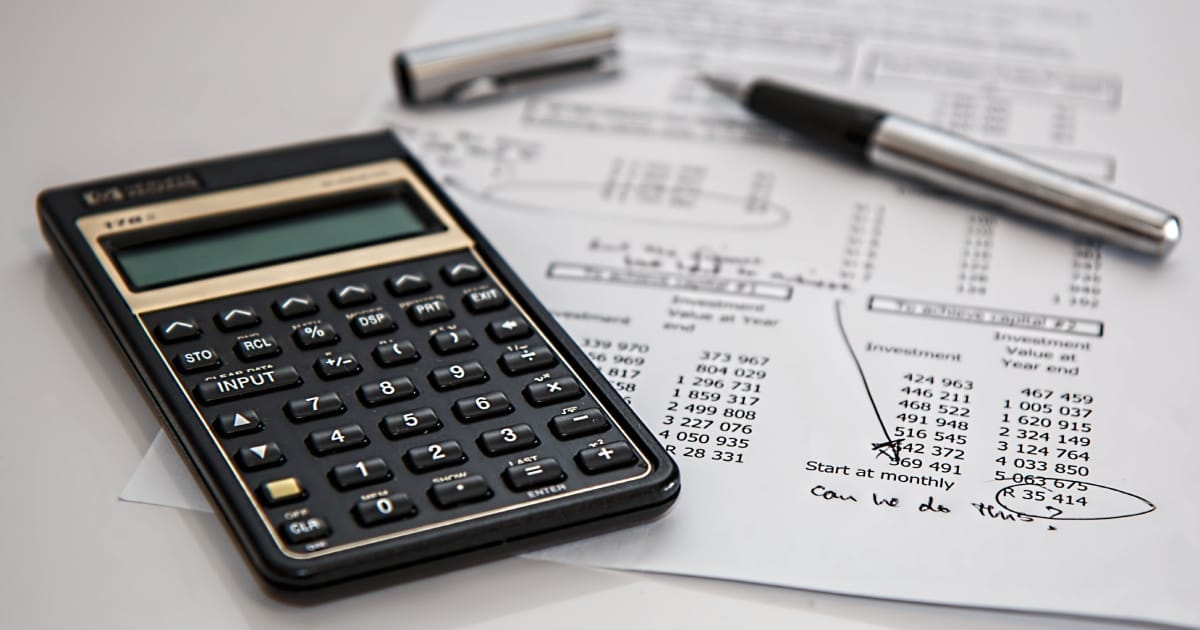4 Ways to Find the Valuation of Your Business

Understanding the valuation of your business is a crucial step in strategic planning, financial decision-making, and attracting potential investors. Whether you're contemplating a sale, seeking investment, or just curious about your company's worth, there are several methods to ascertain its valuation.
In this article, we'll explore four effective ways to find the valuation of your business.
1) Financial Statements and Ratios: The Foundation of Valuation

Examining your company's financial statements is a fundamental starting point for business valuation. Key financial documents such as the income statement, balance sheet, and cash flow statement provide a comprehensive overview of your business's financial health. Utilizing financial ratios, such as the price-to-earnings ratio (P/E), earnings before interest, taxes, depreciation, and amortization (EBITDA), and others relevant to your industry, can offer insights into market comparables and industry standards. Analyzing these ratios helps determine how your company measures up against its peers, influencing its perceived value in the eyes of potential investors or buyers.
2) Comparable Company Analysis (CCA): Benchmarking Against the Market

Comparable Company Analysis (CCA) involves evaluating your business by comparing it to similar companies within your industry that have recently been sold or are publicly traded. This method relies on market multiples, such as the P/E ratio, revenue multiples, or EBITDA multiples. By identifying and analyzing these comparable companies, you can derive an estimate of your business's value based on the valuation metrics observed in the market. Keep in mind that factors such as size, growth potential, and market share play a crucial role in ensuring a meaningful comparison.
3) Discounted Cash Flow (DCF): Future Cash Flow Projections

For a more forward-looking approach, the Discounted Cash Flow (DCF) method is widely utilized in business valuation. DCF calculates the present value of your business's expected future cash flows, taking into account the time value of money. This method involves projecting future cash flows, determining a discount rate (often based on the weighted average cost of capital), and discounting those cash flows back to their present value. While DCF requires making assumptions about future performance, it provides a comprehensive and detailed analysis that reflects the intrinsic value of your business.
4) Asset-Based Valuation: Determining Inherent Value

The Asset-Based Valuation method assesses your business's value based on its tangible and intangible assets. Tangible assets include property, equipment, and inventory, while intangible assets encompass intellectual property, brand value, and customer relationships. Subtracting liabilities from the total asset value provides the business's net asset value. While this method may undervalue businesses with significant intangible assets, it is particularly useful for asset-heavy industries, offering a conservative perspective on your company's inherent worth.
Final Thoughts
Choosing the most suitable method for your business valuation depends on your industry, financial situation, and future outlook. Often, a combination of these methods provides a more holistic and accurate representation of your business's value.
Regularly reassessing your company's valuation ensures that you have a current and realistic understanding of its worth, empowering you to make informed strategic decisions and navigate potential opportunities for growth or investment.





